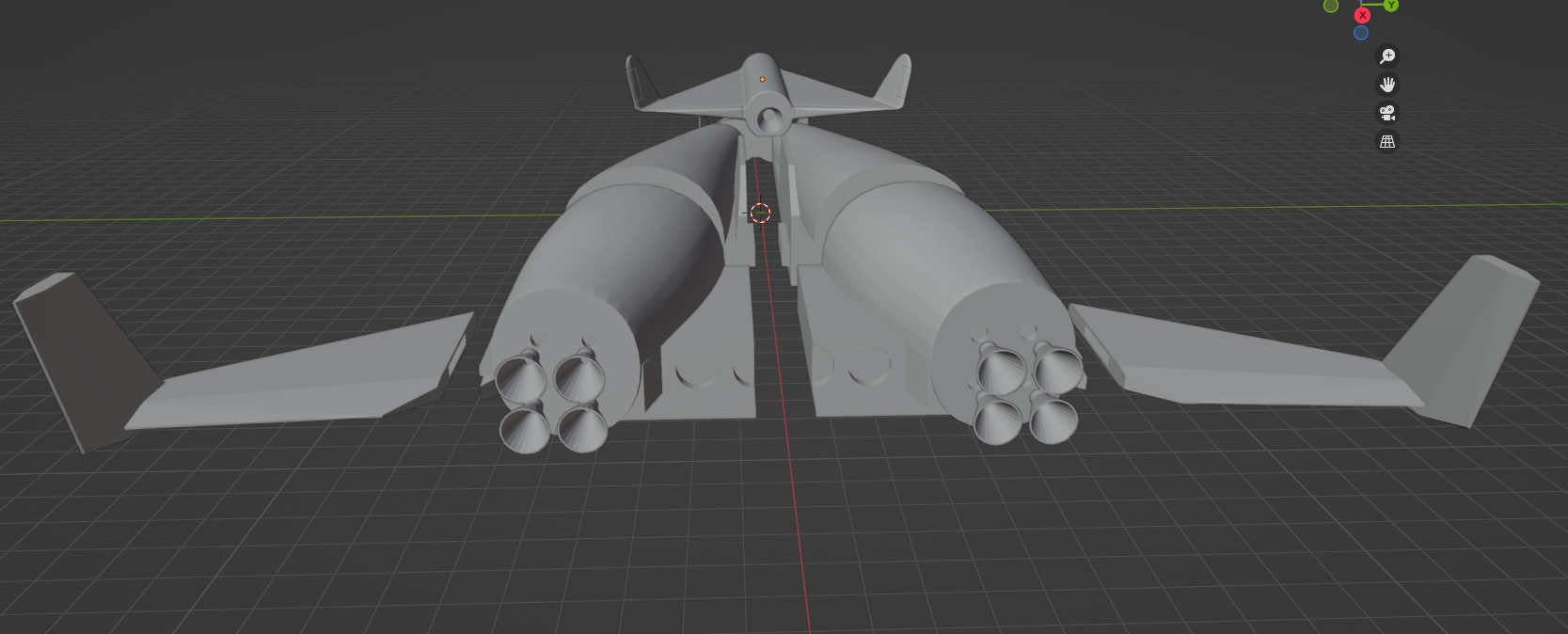Unlike the 50s when it started, the area around Kennedy Space Center is highly populated. I can't imagine what it would be like there with weekly (if not more) Starship flights, just based on noise alone. The logistics, air and ground and ocean disruptions are off-the-chart. Limited flights from there make sense, but they need a more isolated site for a schedule like this.
https://arstechnica.com/space/2025/11/rivals-object-to-spacexs-starship-plans-in-florida-whos-interfering-with-whom/
#NASA #SpaceX #Starship #KSC #Florida #space #spaceflight #blueOrigin
Unlike the 50s when it started, the area around Kennedy Space Center is highly populated. I can't imagine what it would be like there with weekly (if not more) Starship flights, just based on noise alone. The logistics, air and ground and ocean disruptions are off-the-chart. Limited flights from there make sense, but they need a more isolated site for a schedule like this.
https://arstechnica.com/space/2025/11/rivals-object-to-spacexs-starship-plans-in-florida-whos-interfering-with-whom/
#NASA #SpaceX #Starship #KSC #Florida #space #spaceflight #blueOrigin
Been working on another USAF commission. This one is related to the Dyna-Soar. A reusable booster designed by Boeing with a recoverable booster stage.
Been working on another USAF commission. This one is related to the Dyna-Soar. A reusable booster designed by Boeing with a recoverable booster stage.





